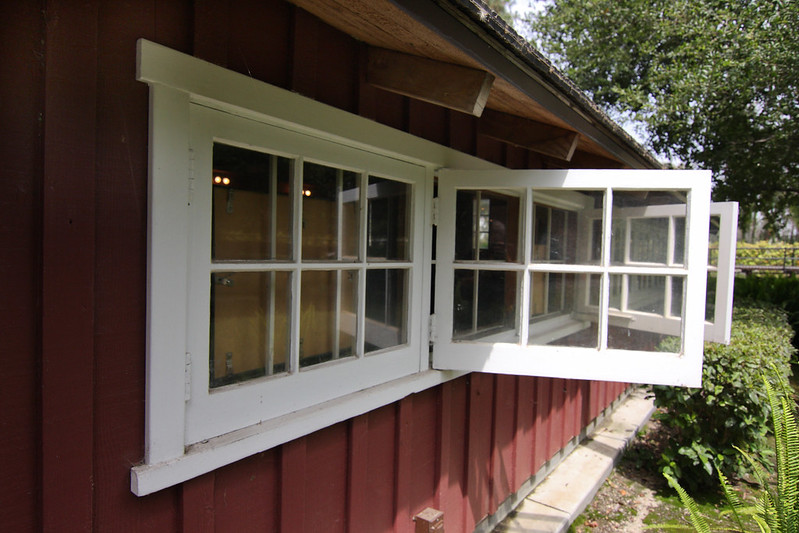Keep Cool — While Keeping Your Energy Costs Down
September 4, 2020
Our guess is that most of those households (which may include yours!) wouldn’t mind spending a little less to keep their homes cool. Because as great as it feels to escape the heat of summer, having some extra money in your account at the end of the month might feel even better.
Here are some tips to help you beat the heat without having the AC on — and the meter running — all day long:
Ventilate, ventilate, ventilate. The Department of Energy says that ventilation is the least expensive and most energy-efficient way to cool your home. One of the best ways to do this is to open windows to create a cross-wise breeze indoors. It’s best to do this in the mornings or evenings when the air is coolest.
Get those fans going. Ceiling fans can provide enough cooling power for you to raise the thermostat a few degrees without noticing the difference. Smaller ones can help as well, but make sure you turn fans off when you’re not around — they cool people, not rooms. Finally, whole-house fans, which bring air in and exhaust it through the attic, can help cool things down even on the hottest days. They should be installed by a professional, though.
Don’t unwittingly turn the ‘heat’ on. Are you making something in your oven? Cooking something on the stove? You’re also adding heat to your house. Even clothes dryers and dishwashers can create unwanted warmth, so use those appliances in the morning or evening. When it’s time to cook, try grilling outside — or eating more cold foods! They can help lower your internal body temperature.
Remember the little things — they add up. Keep your curtains closed on the sunny side of your home. Turn off lights whenever you can, because they produce heat. And if it’s warmer outside than inside, keep your windows closed.
Bigger projects can have big benefits, too. Make sure your attic and walls are insulated well, with cracks and openings sealed so warm air doesn’t leak into your home. Check your ducts, too, because air loss through ducts can account for as much as 30% of a cooling system’s energy consumption. And if you don’t already have a programmable thermostat, installing and setting one can help you save up to 10% on heating and cooling costs.
If you’re already following all of these tips and you’re still too hot, there are a few more options: Get your shirt damp with cold water and put it on. Make a cold pack with some ice cubes and keep your forehead and wrists cool. And you can create a “chill pillow” by keeping a bag of rice in the freezer and putting it in a pillowcase at night. It should stay cool for a couple of hours.
Or, of course, you could just bite the bullet and turn the AC back up a bit. We won’t judge — we promise.
Reposted with permission from the original author, Safeco Insurance®.
Top image by Flickr user Steven Miller used under Creative Commons Attribution-Sharealike 2.0 license. Image cropped and modified from original.
